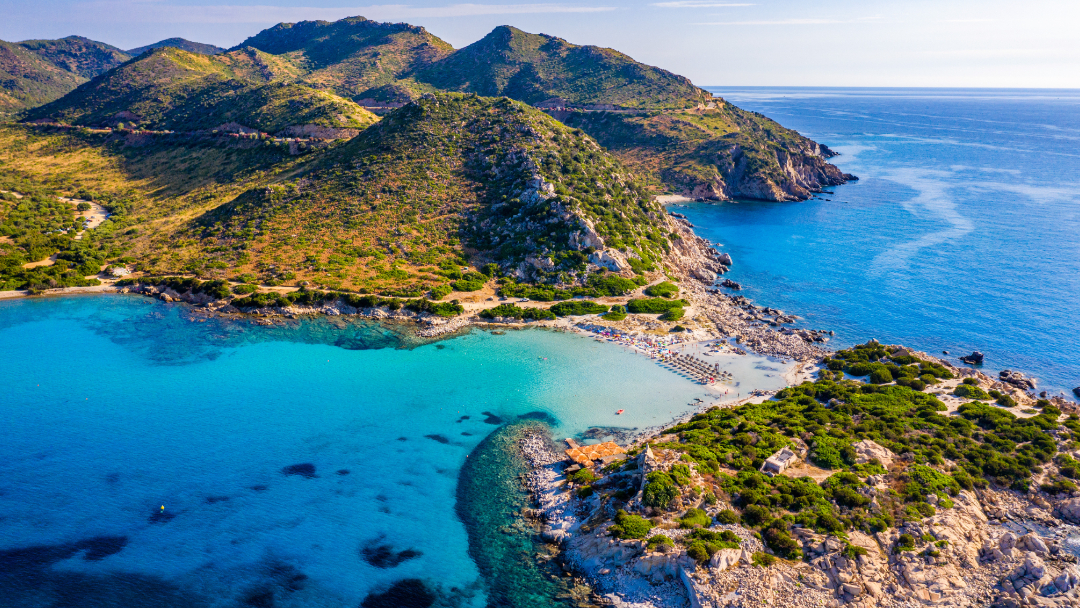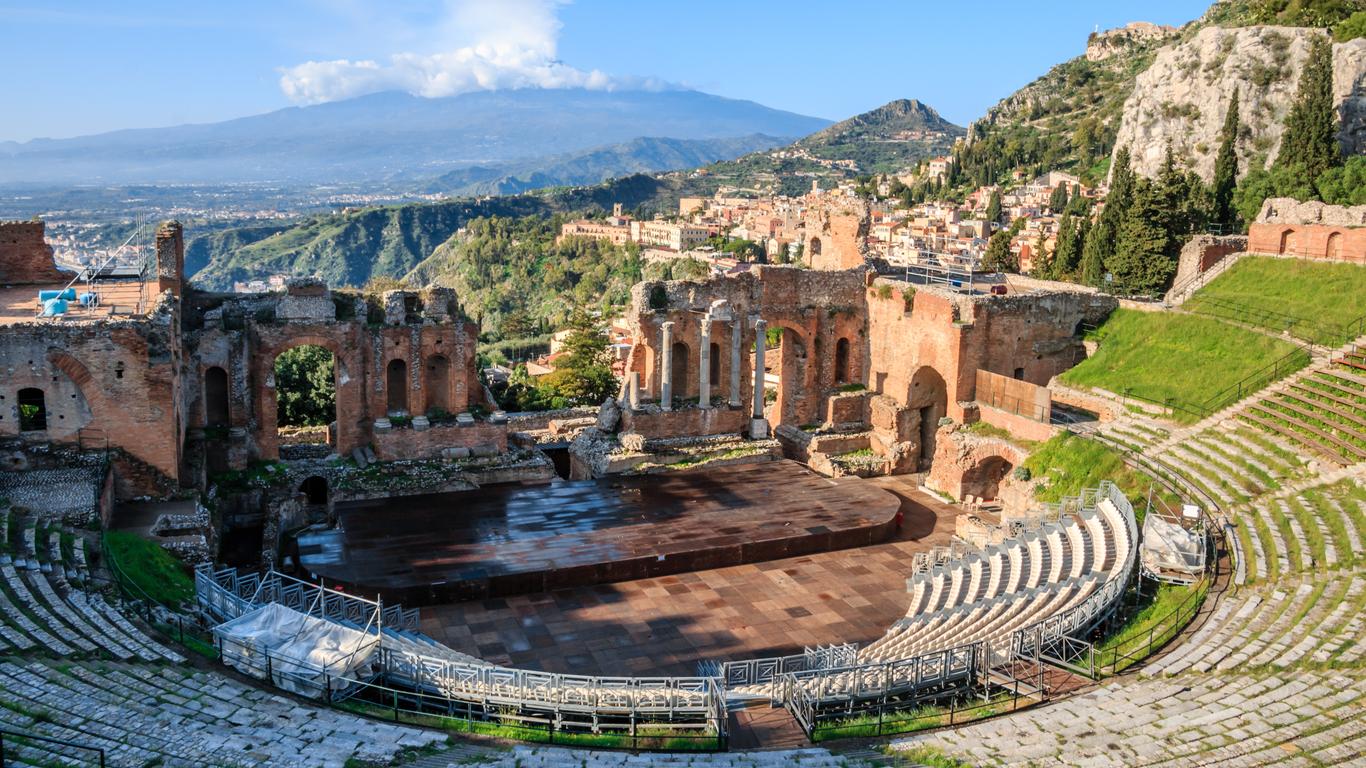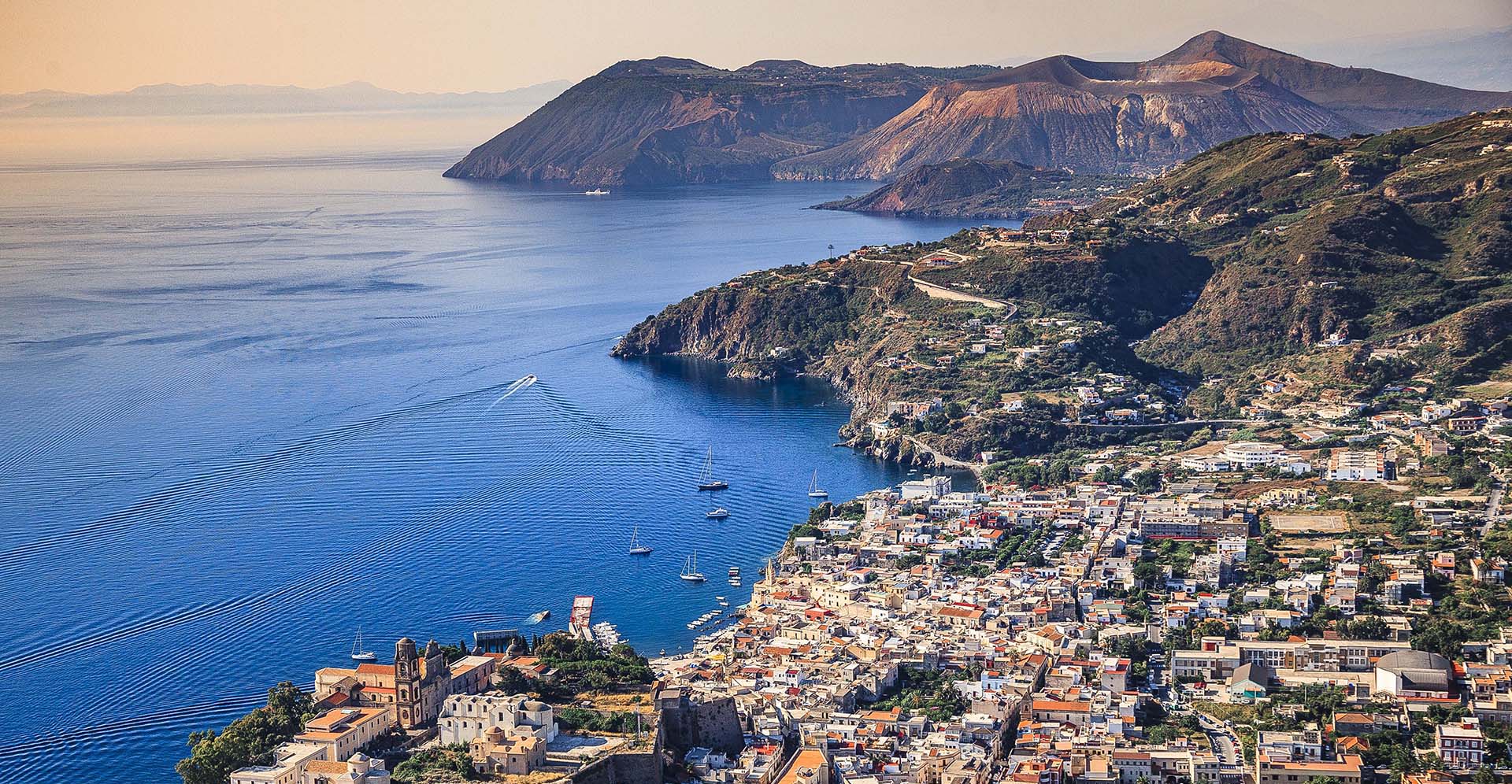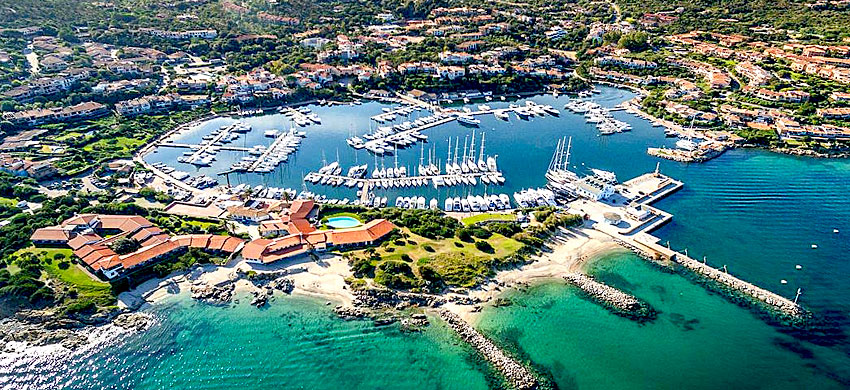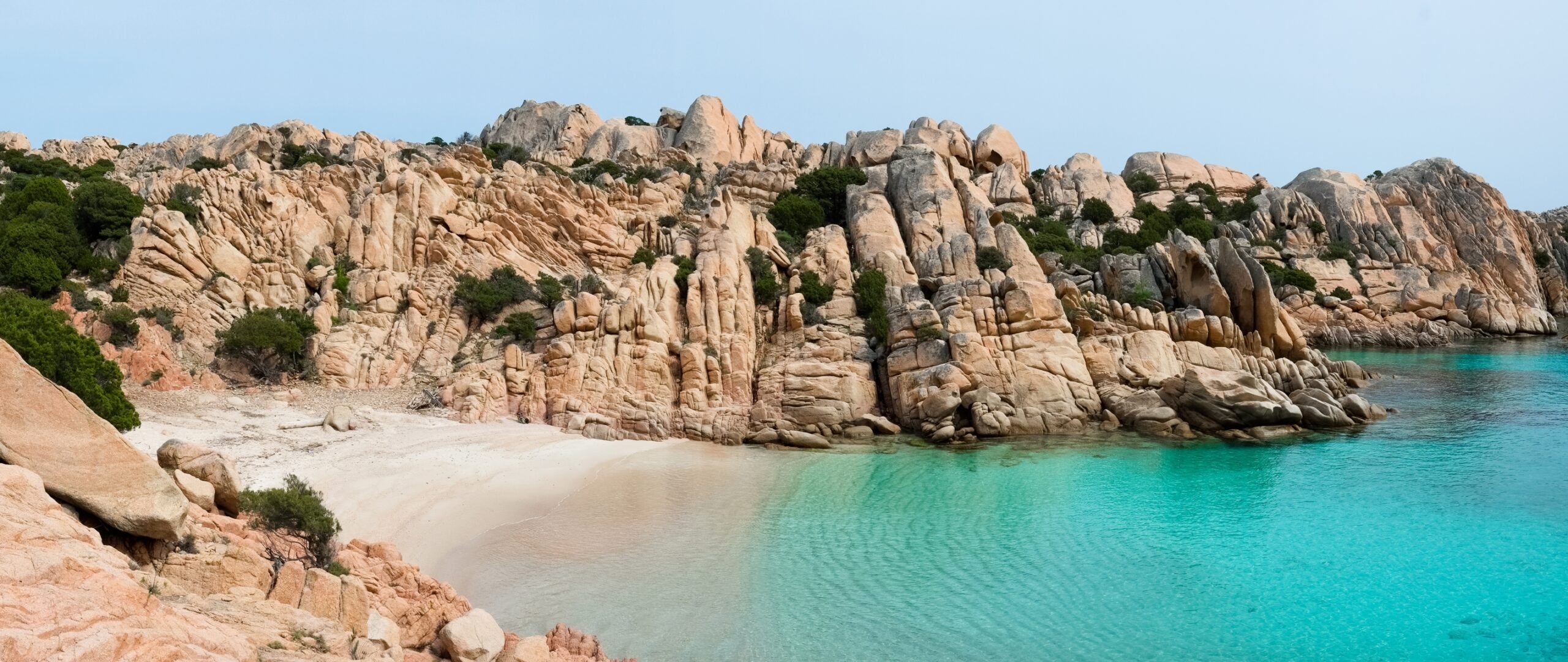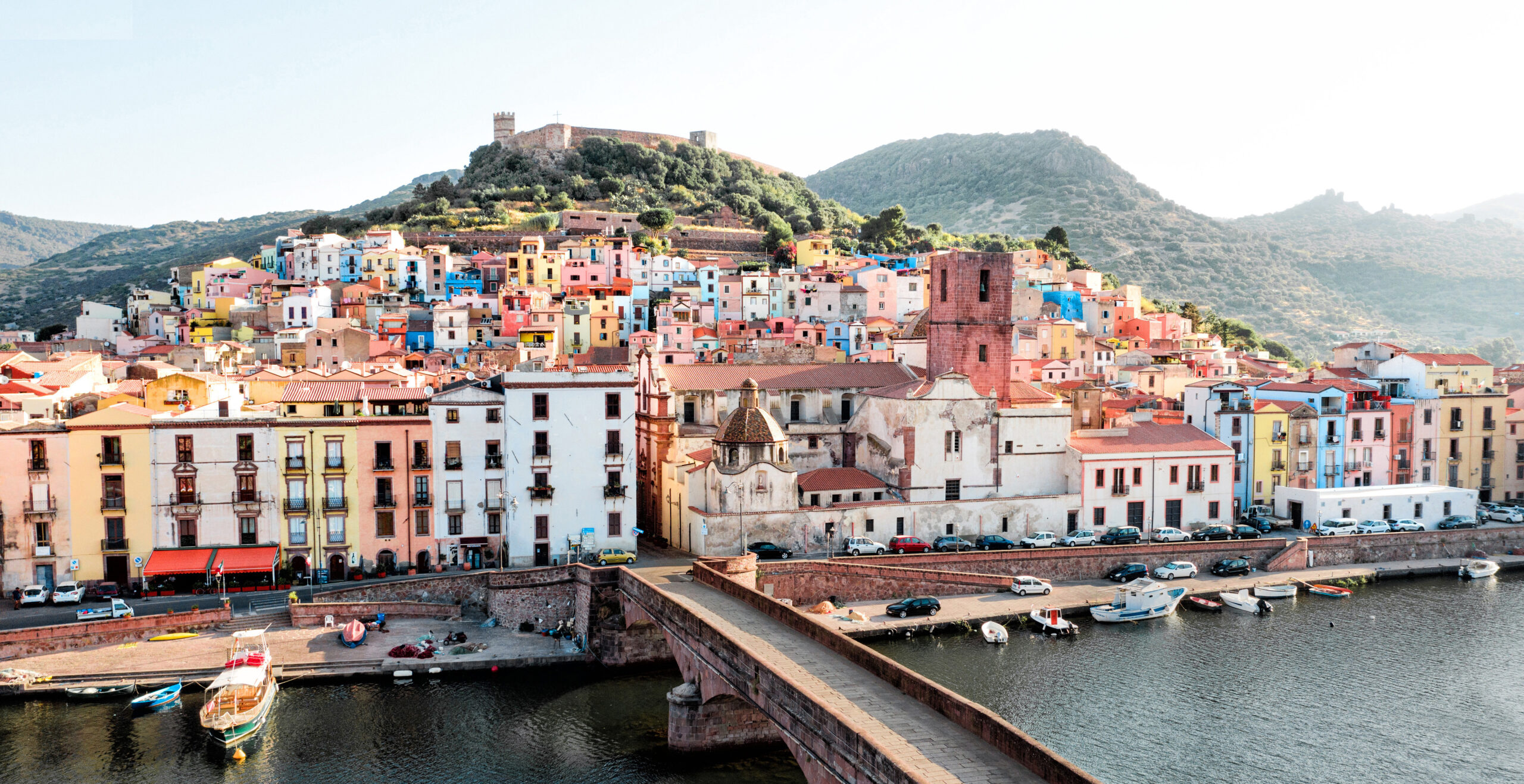Sicily and Sardinia: a sea of stories and traditions, they are two islands that conquer the heart as soon as they are discovered, each with its own unique and unmistakable charm.
Sicily, with its blue sky and the imposing Etna that dominates it, is a journey through time, between Greek temples, enchanting beaches and a cuisine that tells ancient stories.
Its cities, such as Palermo and Catania, vibrate with life and tradition, while the turquoise sea of Taormina and Cefalù invites you to lose yourself in a corner of paradise.
Sardinia, with its coasts of fine sand and crystalline waters, is the perfect refuge for those seeking serenity and uncontaminated nature.
From the Costa Smeralda to the islands of La Maddalena, every corner of this land seems suspended in time, where the mountains merge with the sea in an infinite embrace.
Its rustic cuisine, made of authentic flavors, is another reason to fall in love with this land.
Sicily and Sardinia, two islands that, in their splendor and serenity, are capable of making anyone fall in love, even just with the thought. And when the heart gets lost in these lands, it knows that it will never be able to forget them again.


